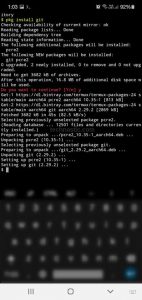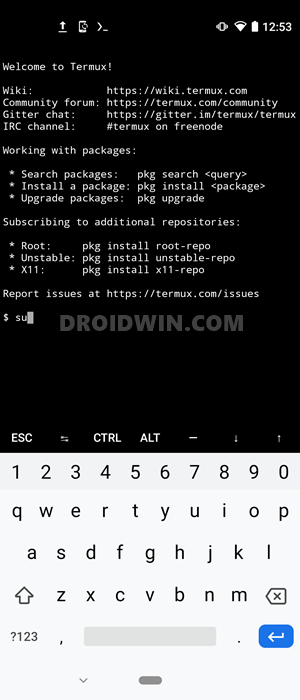

The reason is that the manufacturers only want their authorized operating system to run on the devices, thereby preventing the installation of third-party firmware/custom ROMs. All the devices nowadays are shipped with a locked bootloader. Not only that, but it is also used to boot up the device to recovery mode. It tells the phone what program it has to load to make your phone run. What is a Bootloader and Why Would You Need to Unlock it?Ī bootloader is a software that runs every time the device starts up.

Step 5: Boot Your Android Device into Bootloader/Fastboot Mode.Step 4: Get an Unlock Key From Your Device Manufacturer.Step 3: Enable USB Debugging and OEM Unlocking on Your Device.Step 2: Install Android SDK Platform-Tools on Your PC.Step-by-Step Guide on How to Unlock the Bootloader using Fastboot on Android Devices.What is a Bootloader and Why Would You Need to Unlock it?.This app (I have no affiliation) also provides similar limited functionality.

fastboot-mobile is an unofficial library from Google to send fastboot commands over OTG. However it's possible on Android to access USB OTG devices through APIs. Some custom ROMs have built-in toggle to set. There is another property which persists across reboots but it's meant only for testing and SELinux won't let you set this without root or some system app running with UID 1000. Then all you have to do from Termux before sending commands is: ~$ adb connect :5555īut is reset on reboots and you have to set it again. Apps can't set properties, so to do this using setprop on adb shell or by simply executing adb tcpip 5555, you need to connect the target device to a PC over USB.

It's possible if before turning on "USB Debugging" property ( 2) is set to some port ( first default is 5555). adbd can be run to listen on TCP socket instead of USB. Furthermore SELinux restricts unprivileged apps' access to /sys and /dev.įor adb there's a workaround if both devices are connected to same network e.g. However you won't be able to run each of them without root because only members of AID_USB group are able to read devices in /dev/bus/usb/ ( 1). Make sure to set proper environment variables ( TMPDIR, HOME or HOMEDIR). this or this) on Termux like on usual Terminal emulator app. Most probably because they are meant for rooted devices. As mention by DeathMaskSalesman in comment, Termux is more like a Linux environment, but so far it doesn't have adb and fastboot in repositories, though proposed. This question is nearly a duplicate of this which has a detailed answer by Firelord, except the Termux part.


 0 kommentar(er)
0 kommentar(er)
